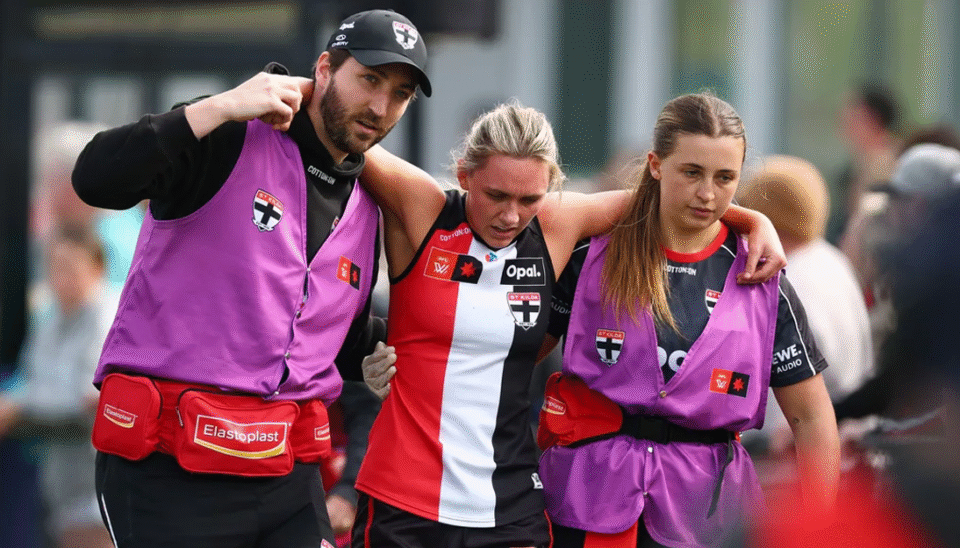THE AFL has canvassed club opinions around the introduction of a 31st player on AFLW lists, with the position earmarked solely for Next Generation Academy talent.
The optional 31st spot would be open to Indigenous and multicultural players who weren’t selected in the draft, with each club having a newly defined AFL/W recruiting zone to accommodate the introduction of Tasmania.
The question around the 31st spot was put to clubs over the past few weeks, as the AFL consults on potential expansion rules for the Devils, who do not yet have a fully confirmed entry date.
The NGA list spot is far from a fait accompli, with a raft of work still to be done in order to finalise the decision, but it’s understood clubs were broadly supportive of the concept, although a few indicated they were likely to instead invest in Irish talent.
The tight squads of 30 means there is very little wriggle room to draft talented players who need extra time on the list for further development.
The percentage of Indigenous AFLW players has been declining in recent years, with a number of prospective draftees having not had access to the same level of regular matches or coaching.
The 31st list spot pitch comes on the back of the introduction of NGA bidding in the 2026 draft, which is separate to the list spot that has been likened to an AFL Category B rookie.
In recently formalised rules, the AFLW will see NGA draft bidding for the first time, strictly for Indigenous and multicultural talent, rather than the talent NGAs that some clubs run.
In 2026, clubs can match bids on their NGA players from pick No.31 onwards (e.g. if a top talent from the outer east of Melbourne goes at pick No.25, Hawthorn has no ability to claim them).
From 2027, clubs can match bids on NGA players from pick No.1 to the end of the draft.
Players will qualify for multicultural NGA if a parent is born overseas rather than the player themselves, with a few men’s players over the years having qualified after being born overseas while their Australian parents were working outside of the country.
Changes to the men’s NGA rules has seen the removal of European countries, and the addition of Pacific and Central and South American regions for multicultural eligibility.



